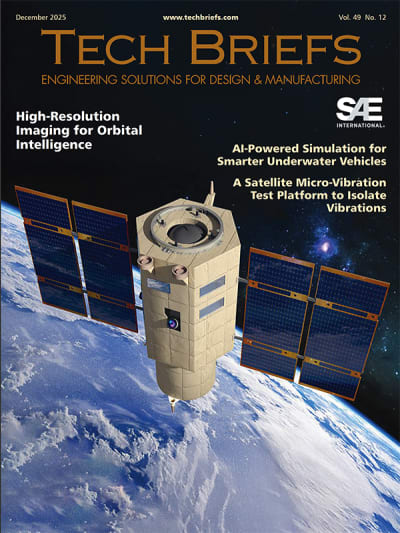See the First Fully Autonomous Tandem Drift
With the goal of advancing the potential of AI to improve safety, Stanford Engineering researchers have achieved the world’s first fully autonomous tandem drift. Both cars are driverless, and, using only AI, the lead must plan and execute its line without human input. The chase car must follow suit. Watch this video to learn more.

